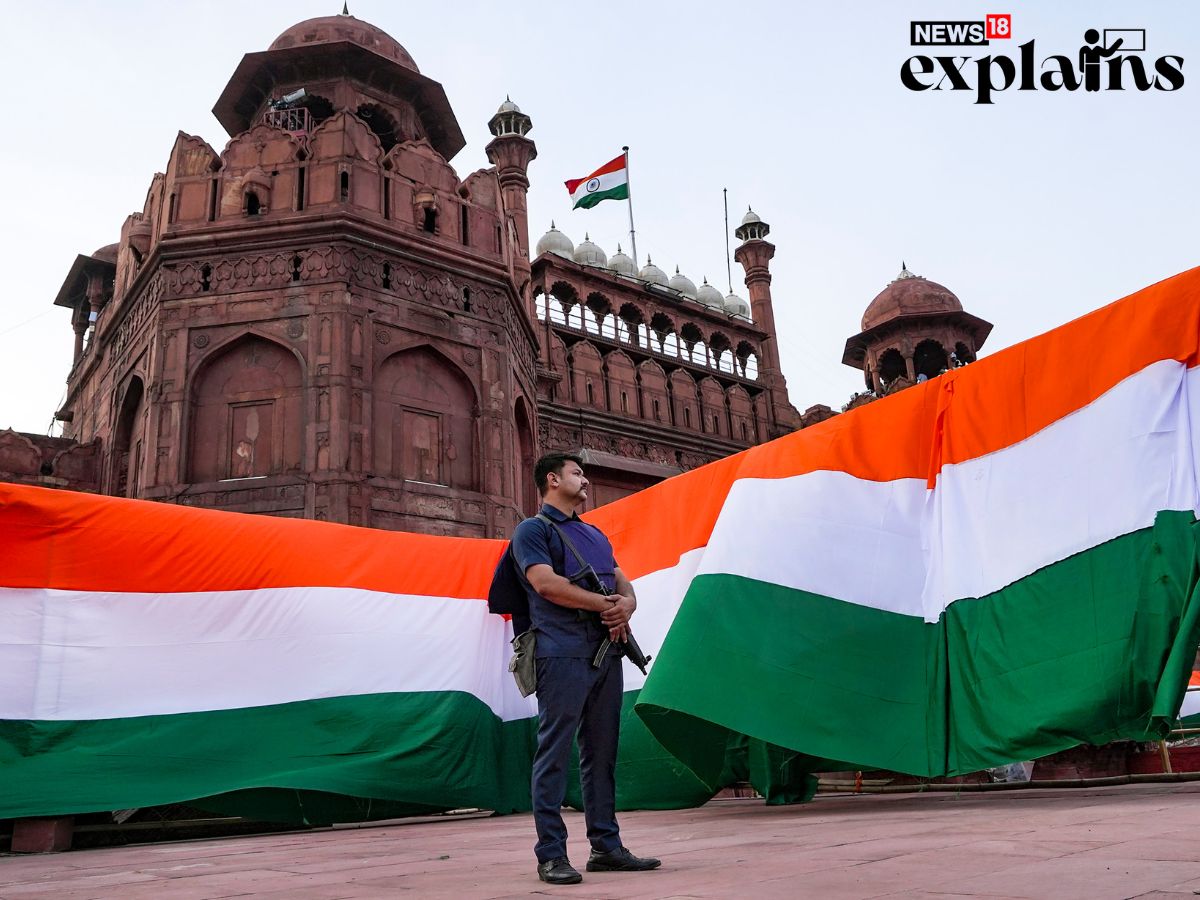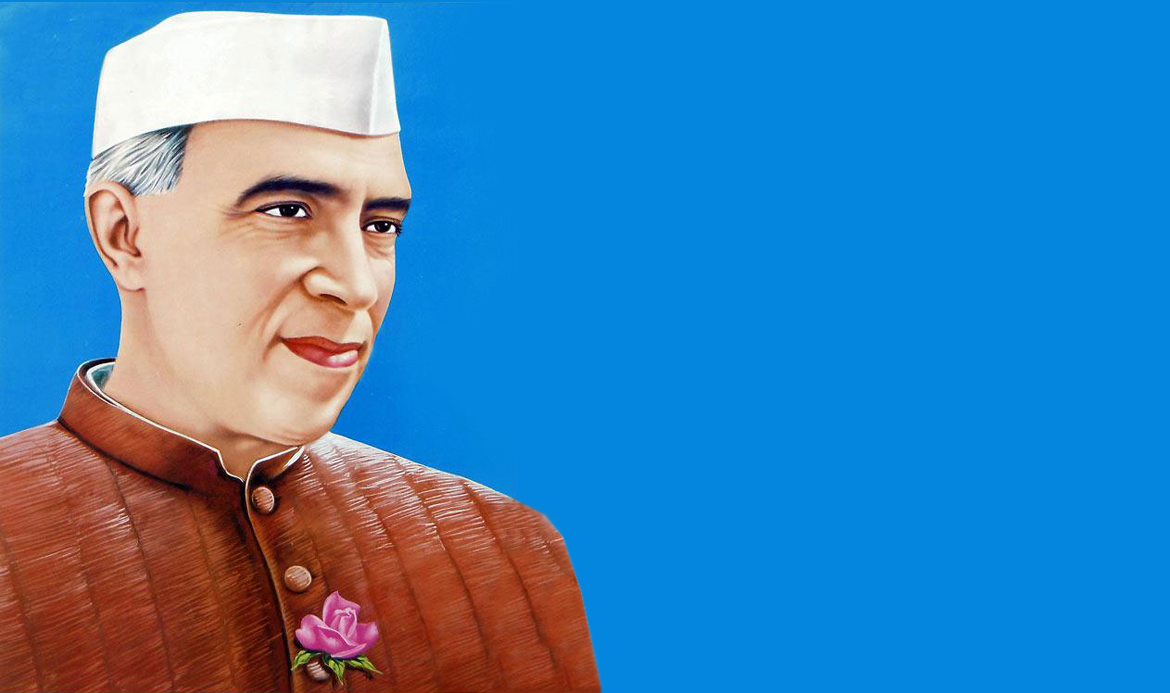Why the PM chose to deliver his Independence Day speech in the Red Fort
Why the PM chose to deliver his Independence Day speech in the Red Fort
The Indian Prime Minister addresses the nation from Delhi's storied Red Fort on August 15 of each year while hoisting the tricolor. Why did Red Fort receive this honor?
On August 15, India's 77th Independence Day, Prime Minister Narendra Modi will raise the tricolor and give a speech to the country from the Red Fort in Delhi.
Jawaharlal Nehru established the custom in 1947, even though he spoke on August 16, a day following the formal transfer of power. He famously referred to himself as the pratham sevak of India throughout his address.
The Red Fort has evolved into a crucial component of India's Independence Day festivities over time, frequently embodying the spirit of the country and the ruling administration.
However, why did Red For receive this honor? First, a quick history of how Delhi came to be the capital of India may help you grasp this.
Hindustan's "Capital"
Delhi rose to prominence as a capital city during the Delhi Sultanate (1206–1506), from which a sizable portion of north India was governed.
The first person to refer to Delhi as the "capital of all Hindustan" was Babur (1483-1530), the founder of the Mughal dynasty. Even though the Mughals, led by Akbar (1542–1605), temporarily moved their capital to Agra, they were still regarded as the masters of Delhi.
After Shah Jahan (1592–1666) established Shahjahanabad (what we now know as Old Delhi) in 1648, Delhi once more served as the Mughal capital. Up until 1857, the Mughals ruled from the walled bastion of Shahjahanabad, also known as the Red Fort. Due in part to their connection to Delhi, they retained their status as India's symbolic rulers even as their authority declined.
For The Indian Express in 2021, historian Swapna Liddle noted that "not only did the Mughal territories shrink, but the Mughal emperor became increasingly ineffective even within them." Still, she wrote, "many of these new states, including a newcomer, the East India Company, continued to rule in his name, and to issue coins in his name until well into the 19th century, such was his [the Mughal emperor's] symbolic significance as the source of legitimate sovereign authority."
The Rebellion of 1857 was possibly the best illustration of this. The rebels promptly fled to Delhi after mutinying, where they proclaimed the elderly Mughal Emperor Bahadur Shah Zafar (1775-1862) to be their ruler.
There were not many Europeans living in Delhi at the period, which was of secondary importance to the East India Company. However, the fall of Delhi essentially put an end to the uprising because it was still for the rebels the most powerful representation of indigenous authority.
British imperial rule was firmly established over the Red Fort.
The British initially intended to completely destroy Shahjahanabad after taking Delhi from the rebels, with the main goal of eradicating all traces of the Mughal Empire from the area. They did just that, razing stunning Mughal structures like the Akbarabadi mosque at Daryaganj or the busy Urdu Bazaar close to Chandni Chowk.
The British removed the Red Fort of all its imperial majesty, though they refrained from entirely leveling it. The imperial treasury, or what was left of it in 1857, was pillaged, and many of its internal buildings were destroyed and replaced by British ones.
According to estimations, up to 80% of the Red Fort's original internal structures were demolished and replaced by British facilities to serve the needs of the British army. The renowned Diwan-i-Aam was turned into a hospital, and the palace was transformed into a British garrison.
Thus, the Red Fort as we know it now carries the irrefutable imprint of British imperial authority in addition to serving as a monument to the splendor of the Mughal Empire.
appropriating Delhi's symbolic power
The British gradually reduced Delhi to a small provincial town in the years after 1857.
The British also capitalized on the city's continued significance as an authoritative symbol in India at the same time, most notably with the Delhi Durbars (1877, 1903, and 1911). During these elaborate rituals, the British monarch was proclaimed the Emperor of India and princely state heads of state from all across the Indian subcontinent were called to Delhi to pay homage to the British Crown.
In 1911, the British eventually made the decision to move their capital from Calcutta to Delhi, where they would construct a magnificent new city that would be finished in 1930.
In his article "New Delhi: Imperial Capital to Capital of World's Largest Democracy" (2006), Suoro D. Joardar, a professor at the School of Planning and Architecture in New Delhi, noted that in addition to Delhi's centrality and connectivity, it also "carried in the minds of the colonial rulers a symbolic value - as the old saying goes: "He who rules Delhi rules India" - a realization of the Indian ethos, especially across northern and central India, enhanced during
regaining India means regaining the Red Fort
In the years leading up to Independence, the Red Fort would once again come to the attention of the general public.
The Indian National Army, led by Subhash Chandra Bose, rushed towards India from the Burmese border in 1943, assisting the Japanese war effort. The Indian National Army was made up of Indian POWs taken by Japan and civilian volunteers. This strategy ultimately failed when Bose died in a plane crash and key officials were put on trial for treason between 1945 and 1946.
The Red Fort hosted these very visible trials. The trials solidified the Red Fort as a representation of strength and resistance in the minds of the Indian public by evoking an outpouring of sympathy for the INA and bolstering nationalist sentiments against the British.
It makes sense in this light that Nehru chose to raise the flag over the Red Fort in 1947.
To quote Swapna Liddle from 2021: "With the coming of Independence, it was necessary that the site of the Red Fort, over which the British colonial government had sought to inscribe its power and might, be symbolically reclaimed for the Indian people." Our Independence Day festivities emphasize this reclamation each year.

)


.png)
Comments
Post a Comment